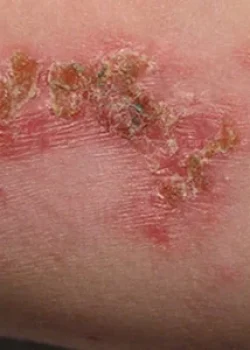Infections
What to know about infections
An infection occurs when a microorganism enters a person’s body and causes harm.
The microorganism uses that person’s body to sustain itself, reproduce, and colonize. These infectious microscopic organisms are known as pathogens, and they can multiply quickly. Examples of pathogens include:
- bacteria
- viruses
- fungi
They can spread in several different ways, including through:
- skin contact
- the transfer of bodily fluids
- contact with feces
- ingesting contaminated food or water
- inhaling airborne particles or droplets
- touching an object that a person carrying the pathogen has also touched
In this article, we explain the different types of infections, how to reduce the risk of infection, and what symptoms they cause.

